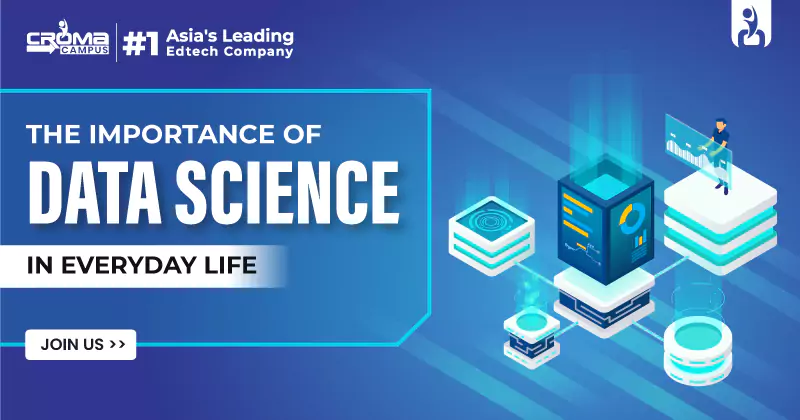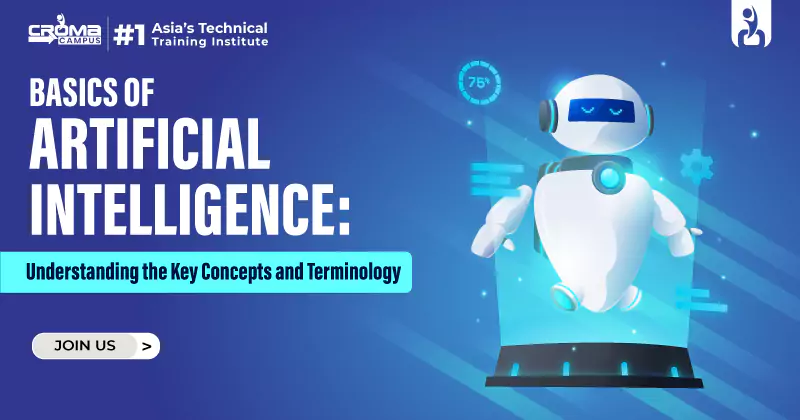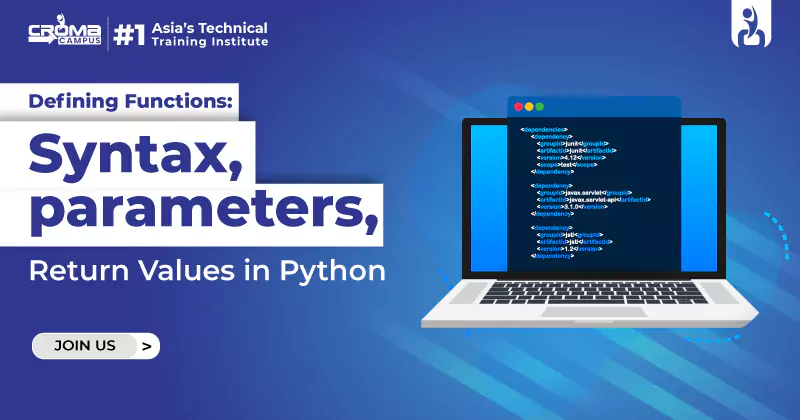Apply Natural Language Processing With Python
4.9 out of 5 based on 4752 votesLast updated on 14th Aug 2024 41.7K Views
- Bookmark

Learn to apply Natural Language Processing (NLP) techniques using Python. Explore text processing, sentiment analysis, and machine learning in real-world applications.

In this modern world enormous volumes
of data are produced every day; it is essential to comprehend and handle this
data effectively. The field of natural language processing studies how human
languages and computers interact to allow machines to comprehend and react to
textual input.
Python is now the preferred
programming language for NLP jobs because of its extensive library and
user-friendliness. This Python
Certification Course blog examines the use of NLP with Python, Apply
Natural Language Processing with Python, resources, and practical uses.
What is Natural Language Processing?
To enable computers to comprehend and manipulate human language and artificial intelligence are combined in Natural Language Processing, or NLP. From simple text processing tasks like tokenization and stemming to more intricate ones like sentiment analysis and conversational agents, NLP encompasses different operations.
Note: Are you seeking a Machine Learning Online Course? Visit Croma Campus and elevate your skills today!
The study of artificial
intelligence's Natural Language Processing area is concerned with how computers
and human languages interact. Its goal is to make it possible for machines to
produce and interpret human language in a meaningful and practical way. NLP
encompasses a range of activities, such as:
- Sentiment analysis
- Speech recognition
- Language translation
- Text processing.
Text data is preprocessed using techniques like tokenization and lemmatization. Machine learning models and named entity recognition are highly sophisticated techniques that aid in prediction and insight extraction. NLP is essential for bridging the gap between human and computer understanding in applications such as chatbots, virtual assistants, and automated content analysis.
Python Full Stack Developer Course
Full Stack Developer Online Training
React Full Stack Developer Course
Java Full Stack Developer Course Online
Playwright Automation with Javascript Course
Reasons to Choose Python for NLP
An extensive support for data
analysis and machine learning, coupled with its versatility, make it a popular
choice for Natural Language Processing. The following five strong arguments
support using Python for NLP:
Huge Library
Python has a vast library of
NLP-specific libraries available. With libraries you can do tokenization,
parsing, and semantic analysis with ease. These include:
- Gensim
- spaCy
- TextBlob
- Natural Language Toolkit
These libraries shorten development
times and make complicated NLP techniques easier to implement.
Ease of Use
Syntax is easy to understand and use,
making it suitable for novice and seasoned programmers. Because of its
simplicity of use, practitioners may prototype and build solutions.
Good Community Support
There is a sizable and vibrant Python
community that produces a wealth of tutorials, forums, and documentation. For
troubleshooting, learning best practices, and staying up to date on the most recent
developments in NLP, this support network is crucial.
Python's smooth integration with
well-known machine learning frameworks is evident. Developing and implementing
sophisticated NLP models, such as neural networks and deep learning
architectures, depend on this integration.
Cross-Domain Applications
Python's adaptability to data research, web development, and automation goes beyond natural language processing. Because of this, Python becomes a complete tool for projects requiring a blend of data analysis, application development, and natural language processing, providing a single workspace for a variety of tasks.
Tips: Learn coding skills with a Web Development Online Course designed to teach HTML, CSS, JavaScript, and more, enabling you to build dynamic, responsive websites.
Key NLP Techniques in Python
Python is an effective tool for
managing text data because it provides a broad range of Natural Language
Processing (NLP) capabilities. Let’s have a look at the essential Python NLP
techniques that you will further learn in the Python
Online Course.
1. Preprocessing Text
Any NLP task begins with text
preprocessing, which entails a number of procedures to clean and prepare text
data:
Tokenization is the process of
dividing a text into discrete words or units. Tokenization functions are
efficiently provided by libraries such as spaCy and NLTK.
Eliminating common words that don't
significantly advance the text's content is known as "stop word
removal."
Reducing words to their base or root
form in stemming and lemmatization helps to normalize the content.
2. Extraction of Features
For machine learning models, converting text into numerical characteristics is crucial: Text is represented as a collection of word counts in a bag of words (BoW).
Advanced Methods of NLP
Named Entity Recognition (NER): This technique uses spaCy
to identify and categorize textual entities such as names, dates, and
locations.
Sentiment analysis: Employing libraries such
as TextBlob or VADER, ascertains the sentiment conveyed inside a text.
Text Generation: Uses the Transformers
library to generate new text using models based on input data.
These methods are to Apply Natural Language Processing with Python and allow for the creation of complex applications in sentiment analysis, machine translation, text analysis, and other areas.
Tips: Master the art of Java programming with Java Online Training, covering core to advanced concepts. Enhance skills in OOP, web development, and application building efficiently.
You May Also Read:
Python Programming for Beginners
Python Interview Questions and Answers
Data Science Interview Questions and Answers
Real-World Applications
NLP has numerous uses in a wide range
of fields:
Conversational agents such as Siri
and chatbots for customer service are powered by natural language processing.
These enhance the efficiency and naturalness of interactions.
Sentiment analysis is a tool that
businesses use to determine feelings of customers about goods and services
based on reviews and social media posts.
Machine Translation
To produce precise language
translations, services like Google Translate rely on natural language
processing (NLP).
Content Recommendation
NLP algorithms make recommendations
for content on Netflix and Spotify that are tailored to the tastes and usage
patterns of the user.
Information Retrieval
Search engines analyze queries using natural language processing (NLP) to swiftly obtain pertinent information.
Relevant Python Courses in Delhi/NCR:
Web Development Courses in Noida
Full Stack Developer Course in Noida
Deep Learning Training in Noida
Machine Learning Training in Noida
Subscribe For Free Demo
Free Demo for Corporate & Online Trainings.
Your email address will not be published. Required fields are marked *





















 Master in Cloud Computing Training
Master in Cloud Computing Training